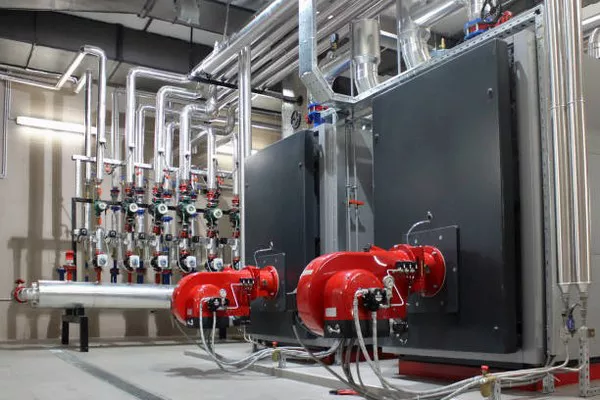When it comes to installing a new compressor in your HVAC or automotive system, attention to detail is paramount for ensuring optimal performance and longevity. One critical component that often goes overlooked is the choice and quantity of lubricating oil. Polyalkylene Glycol (PAG) oil stands out as a popular lubricant for compressors, known for its stability and compatibility with various refrigerants. In this article, we will explore the significance of PAG oil in new compressor installations and discuss the recommended quantity to maximize efficiency and reliability.
The Importance of Proper Lubrication:
Compressors play a pivotal role in HVAC systems and automotive air conditioning units, as they are responsible for pressurizing refrigerant gases, facilitating heat exchange, and maintaining the overall efficiency of the system. Lubrication is crucial in these systems to reduce friction, wear, and tear on moving parts, ensuring smooth operation and preventing premature failure.
PAG oil, a synthetic lubricant, has gained popularity in the industry due to its excellent lubricating properties, thermal stability, and compatibility with various refrigerants. However, the challenge lies in determining the right amount of PAG oil to add during the installation of a new compressor to achieve optimal performance.
Factors Influencing PAG Oil Quantity:
The quantity of PAG oil required for a new compressor installation is not a one-size-fits-all approach. Several factors influence the amount needed, and understanding these factors is key to ensuring the proper functioning of the compressor.
Compressor Type: Different compressors come with varying lubrication requirements. Reciprocating compressors, rotary compressors, and scroll compressors may have different design specifications that dictate the optimal PAG oil quantity.
Refrigerant Type: The type of refrigerant used in the system is a crucial factor in determining the right PAG oil quantity. PAG oil compatibility varies with different refrigerants, and using an incorrect amount may compromise system efficiency and lead to premature wear.
Compressor Size: The physical size and capacity of the compressor also influence the lubrication requirements. Larger compressors may require more PAG oil to adequately lubricate the components and dissipate heat.
System Design: The overall design of the HVAC or automotive air conditioning system can impact the distribution and circulation of PAG oil. Complex systems with multiple components may require additional PAG oil to ensure uniform lubrication.
Recommended PAG Oil Quantity Guidelines:
While there is no universal formula for calculating the exact amount of PAG oil required for a new compressor installation, manufacturers often provide guidelines based on the compressor type, refrigerant used, and system capacity. It is imperative to consult the compressor manufacturer’s specifications and guidelines for the most accurate information.
Consult Manufacturer Documentation:
Start by thoroughly reviewing the compressor manufacturer’s documentation and guidelines. This information is typically available in the user manual or technical specifications. Look for recommendations regarding the type and quantity of PAG oil suitable for your specific compressor model.
Consider Refrigerant Type:
Since PAG oil compatibility varies with different refrigerants, it is crucial to consider the type of refrigerant used in the system. The manufacturer’s guidelines often provide specific recommendations based on the refrigerant, helping you determine the correct PAG oil quantity.
Compressor Size and Capacity:
Larger compressors with higher capacity may require a greater quantity of PAG oil to ensure adequate lubrication. Check the manufacturer’s recommendations for compressor size and capacity considerations to determine the appropriate amount of PAG oil.
Account for System Components:
Consider the complexity of the overall system, including additional components such as accumulators, receivers, and expansion valves. Some systems may necessitate a higher PAG oil quantity to account for the lubrication needs of these components.
Seek Professional Guidance:
When in doubt, it is advisable to consult with a professional HVAC technician or automotive mechanic. These experts have hands-on experience and can provide valuable insights into the specific lubrication requirements of your compressor and system.
See Also Why Won not Compressor Come On
Conclusion:
In conclusion, the proper addition of PAG oil during a new compressor installation is critical for the long-term performance and reliability of HVAC and automotive air conditioning systems. Understanding the factors that influence the required quantity, consulting manufacturer guidelines, and considering system-specific details are essential steps in achieving optimal lubrication.
Neglecting the importance of proper lubrication can lead to increased friction, component wear, and potential system failures. By taking a meticulous approach to PAG oil quantity, you can ensure that your new compressor operates at peak efficiency, contributing to the overall effectiveness of your HVAC or automotive air conditioning system.

